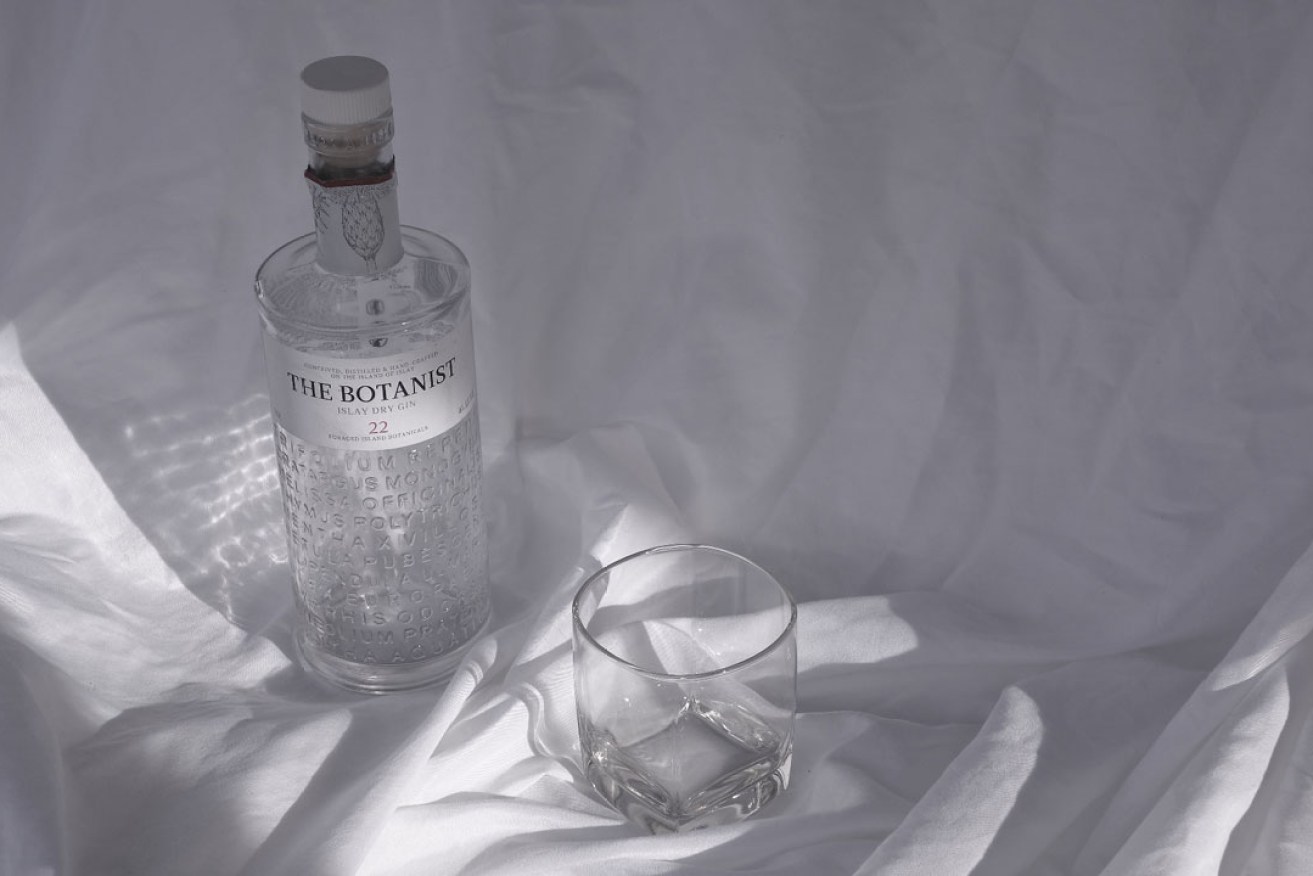Chasing the botanists ’round Islay
Whitey has a bit of a ponder about the craft gin boom: what could go wrong?


You take alcohol, right, ethanol, that you’ve made by fermentation. Bacchus only knows how many mistakes you made doing that: there’s a whole writing and publishing industry grown up around the perceived need for experts to tell such makers whether they’ve done it well or not.
You take a still, right, to concentrate that alcohol you made, however imperfectly. In fact, there are many makers who’ll take much less care over their initial ethanol manufacture because they see the still as a sort of purging tool that will sort out any troubles.
This is where seriously good still wranglers begin to lose interest in the conversation: they know that the still, as a concentrator, will concentrate faults as much as make the good bits stronger. They know the finesse required to make an accurate cut of heads – the bad-tasting, poisonous distillate first to emerge from the condensing coil once you get your pot boiling – and the clean ethanol centre cut, which you can drink. The decision must be made again towards the end of the procedure, as the pure ethanol begins to run out and you get the poisonous, bad-tasting tails emergent.
Ethanol is a strong drug, right? Too much can kill you. Imperfect can kill you. It has long been the dealers’ role to train you to drink as much as you can without getting too sick or dying. This sort of job has been known to draw the unscrupulous operative; the type who’ll take as many shortcuts as possible with their initial brew or ferment, and then do it again with their distilling: ensuring not a drop of borderline heads nor tails is wasted.
To get a proper strength of distillate, this whole process is repeated through the second distillation, where we start to see ethanols above the sixties emerge: often too strong to comfortably consume: the idea is to smooth it out and aim at some consistency with the addition of some clean water.
Odds are even this dilution won’t cover the rough edges incurred in this rather drawn-out procedure, so the temptation is to cover such taints with additives. Brandy-makers, for example, like whisky-makers, are permitted the addition of some caramel, which makes the spirit taste smoother and colours it so it appears to have spent longer in oak.
It’s when we hit these trees that things get really tricky. Oak ageing, of course, changes the spirit’s flavour in a big way, as well as its colour, and in turn covers the addition of many more bits and pieces of flavourant, permitted or not.
If it’s clear fresh ethanol spirit you’re selling, like vodka, with its implications of clarity bringing purity, the number of masking agents is limited: it’s harder to find cordials and herbs that won’t cloud the tincture or colour it. Clever people learned to include their additives, their masking-agents, inside the actual still chamber or its condensation column. This soon became recognised as the trickiest, most complex system, but generally rendered the most precise, elegant flavours.
This opened the door for proper herbalists to have some input: adding herbs, rinds and spices that were actually efficacious for humans: stuff that’s good for you rather than stuff that merely masks the flavours of the stuff that’s very bad for you. Clever Dutchmen used juniper berries: jennifer; genevieve: gin.
Clever Frenchmen used wormwood: artemisia absinthium: absinthe.
The Germans put some spirit in barrels of wine and added their herbs at that point for steeping: artemisia absinthium: wormwood: vermud: vermouth.
Just as the mindless industrialisation of wine, and its homogenation, led to the advent of the orange/natural/reactionary hippy wine movement of recent years, and a similar reaction to oceans of terrible beer led to the boom in craft brews, we now see a huge surge in the number of folks making what they call gin.
This is a welcome thing, to be encouraged. But when we examine the number of wineries that fail each year to win trophies, gold or silver awards with their efforts at fermenting grape juice, it should lead us to realise that adding a still to the manufacturing process makes all this much more complex and risky. Then adding the full encyclopaedia of possible herbs, spices, peels and tinctures really lifts off the lid, welcoming a whole cornucopia of possibilities, imbalances and faults.
Like a person goes to university for a few years to learn how to ferment grapes safely and never really gets very good at it, like most. Add to the biochemical possibilities the intricacies of distillation: single, double, sometimes triple.
Then become an expert in not just grapes but grain or potatoes or plums or whatever you used to make your spirit, and add to that a new expertise in the dozen or so widely-accepted ingredients for gin: juniper, coriander, citrus, iris roots, rose petals, peppercorns, lavender, fennel, cinnamon and whatnot.
Then, if you’re serious, like the team at Bruichladdich malt whisky distillery on Islay, you’ll go foraging across the wee isle all year round, collecting another 22 herbs, flowers and grasses that grow on that place, and you’ll put an admixture of all that raw flavouring in a very slow, cool, Lomond still and make The Botanist, which is about as good as gin gets, anywhere.
In fact, it needs no further flavouring: no sweet tonic or murky mixer to knock it about; not even soda. Try your first glass with one neat block of ice. If you’re like me, you’ll stick with that. Just sit there breathing it, dreaming of Islay and the Hebrides … if you get properly lost in such reverie spare a thought for the amateur gin maker in some shed in the suburbs or somewhere with a little still and mum’s herb rack: what could go wrong?
The vino-industrial complex has much to answer for.
drinkster.blogspot.com




